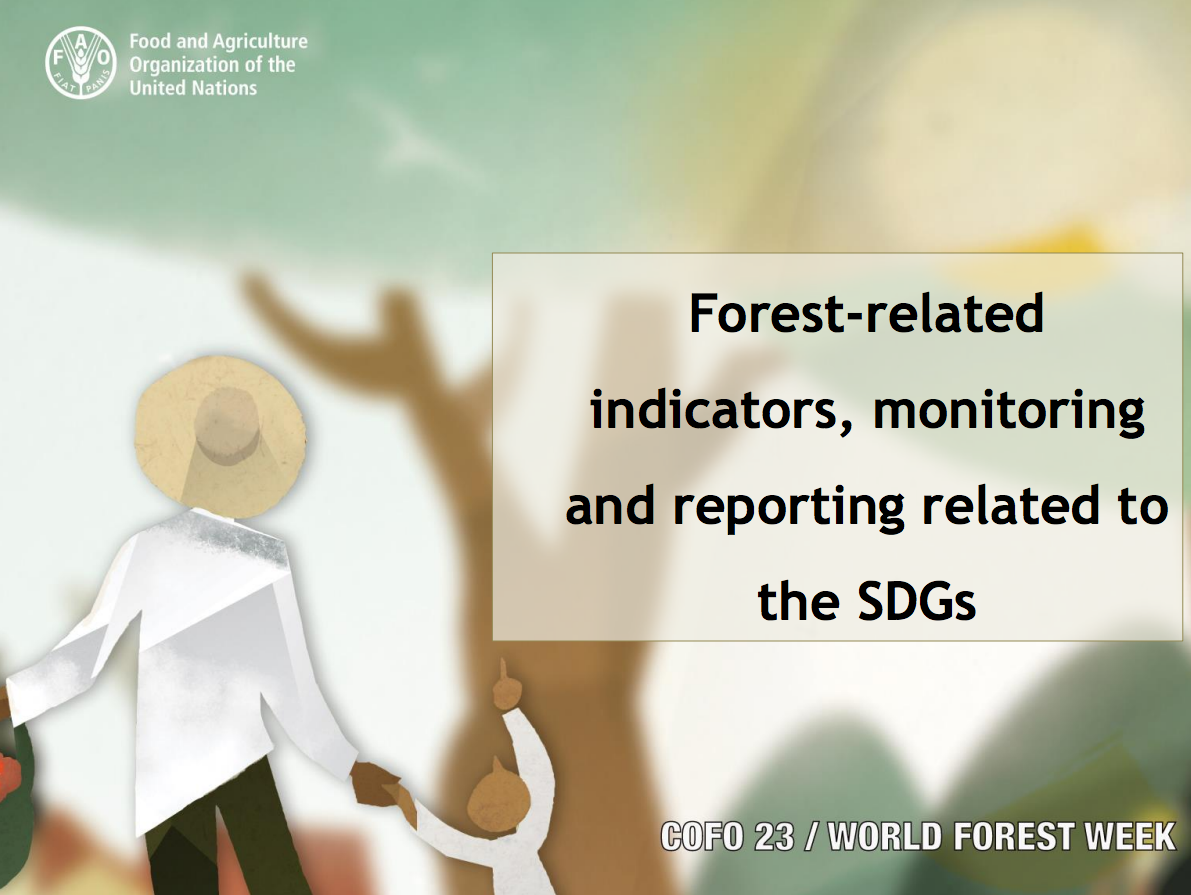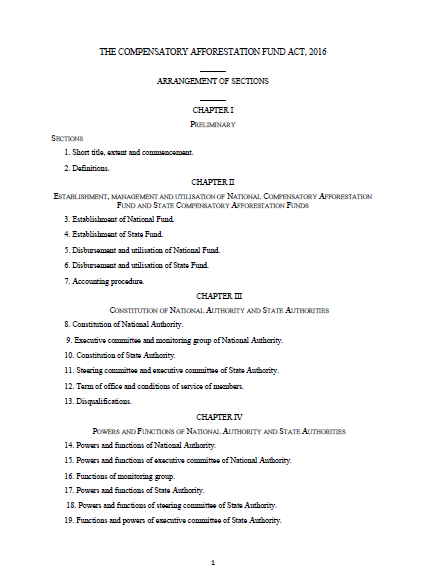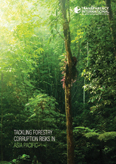[Forests in Canada and their forest strategy]
Se realiza un recorrido por las principales prácticas forestales en Canadá y particularmente en la provincia de British Columbia. Se describen las principales formas de propiedad, gestión, aprovechamiento y conservación de los bosques. Finalmente, se repasan los objetivos de la Estrategia Forestal Canadiense, destacando aquellos que más difieren de los reflejados en la Estrategia Forestal Española.




